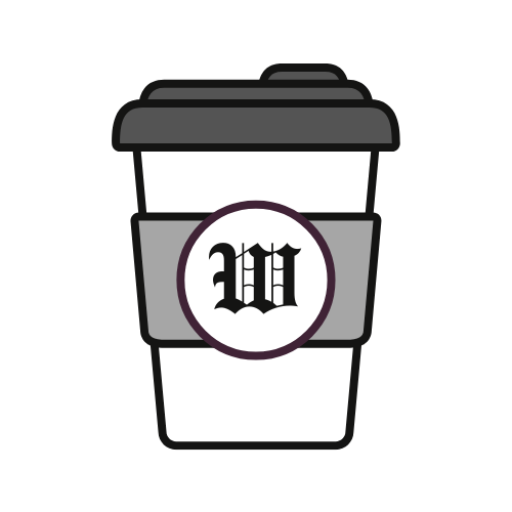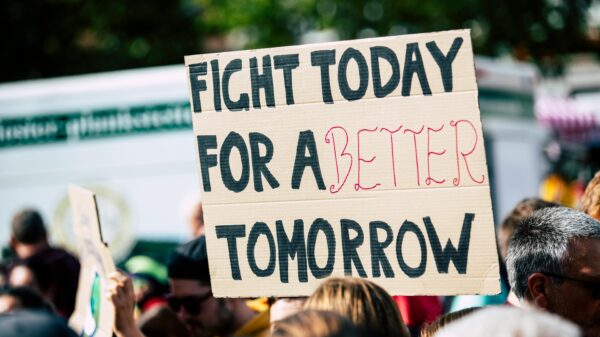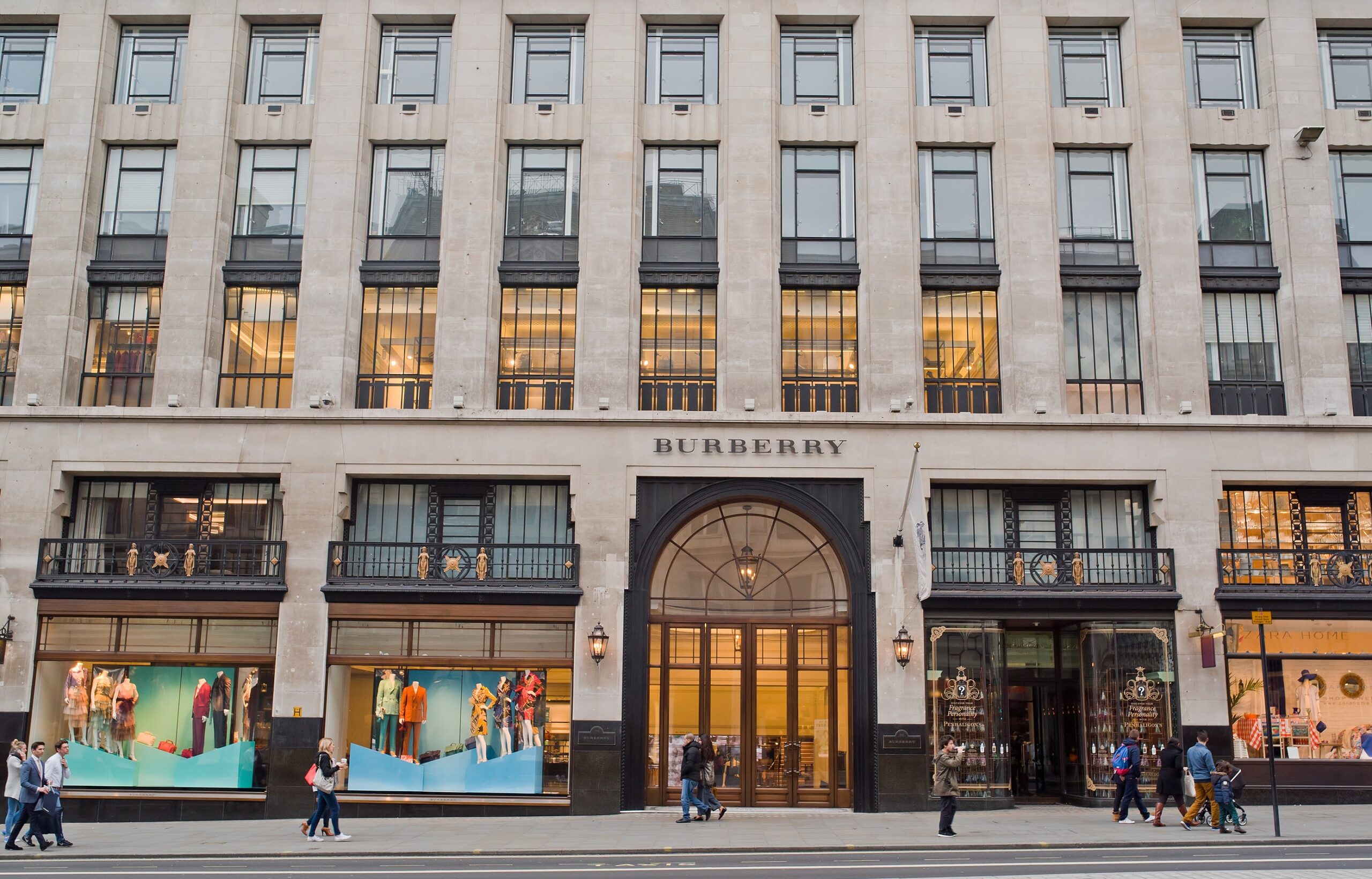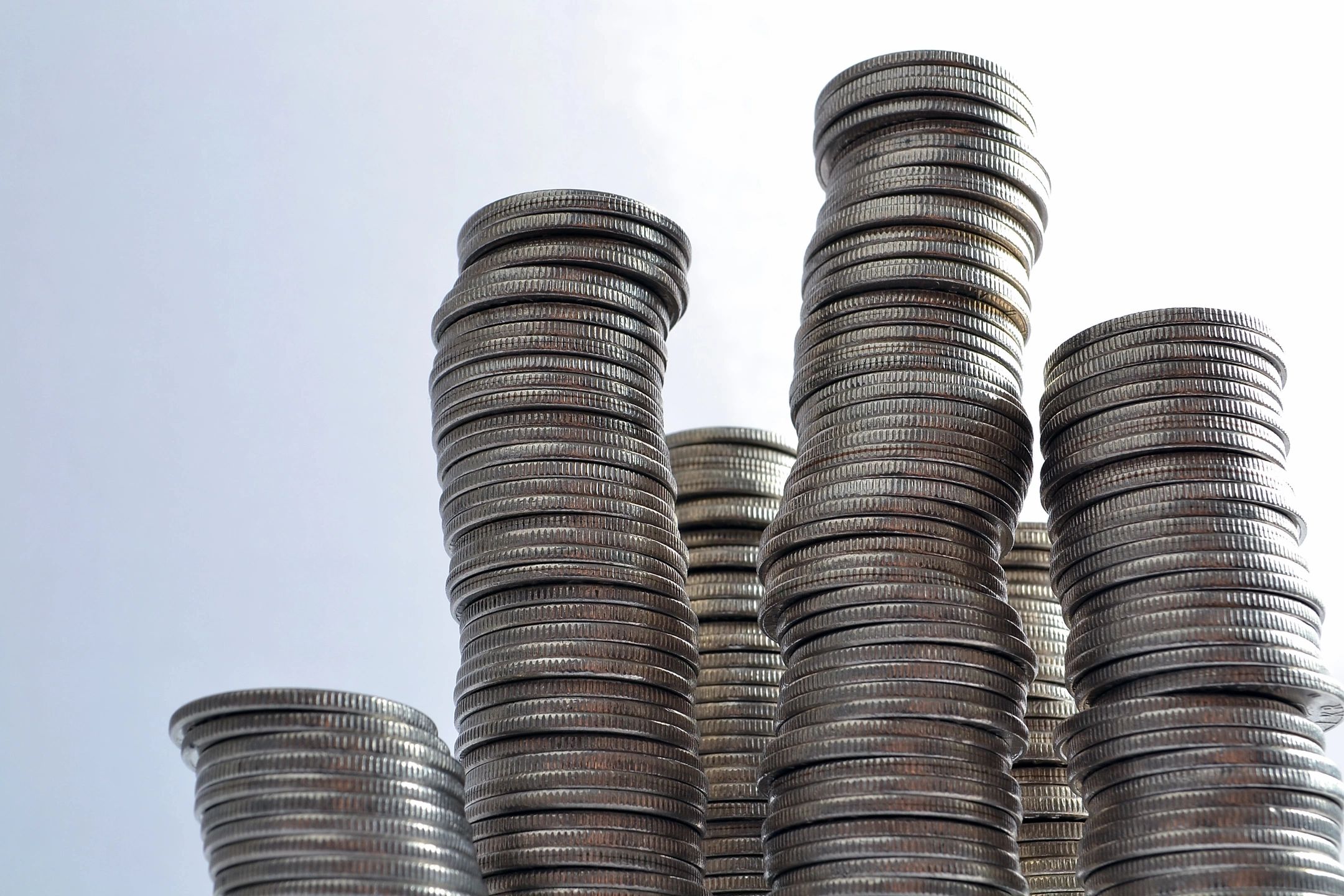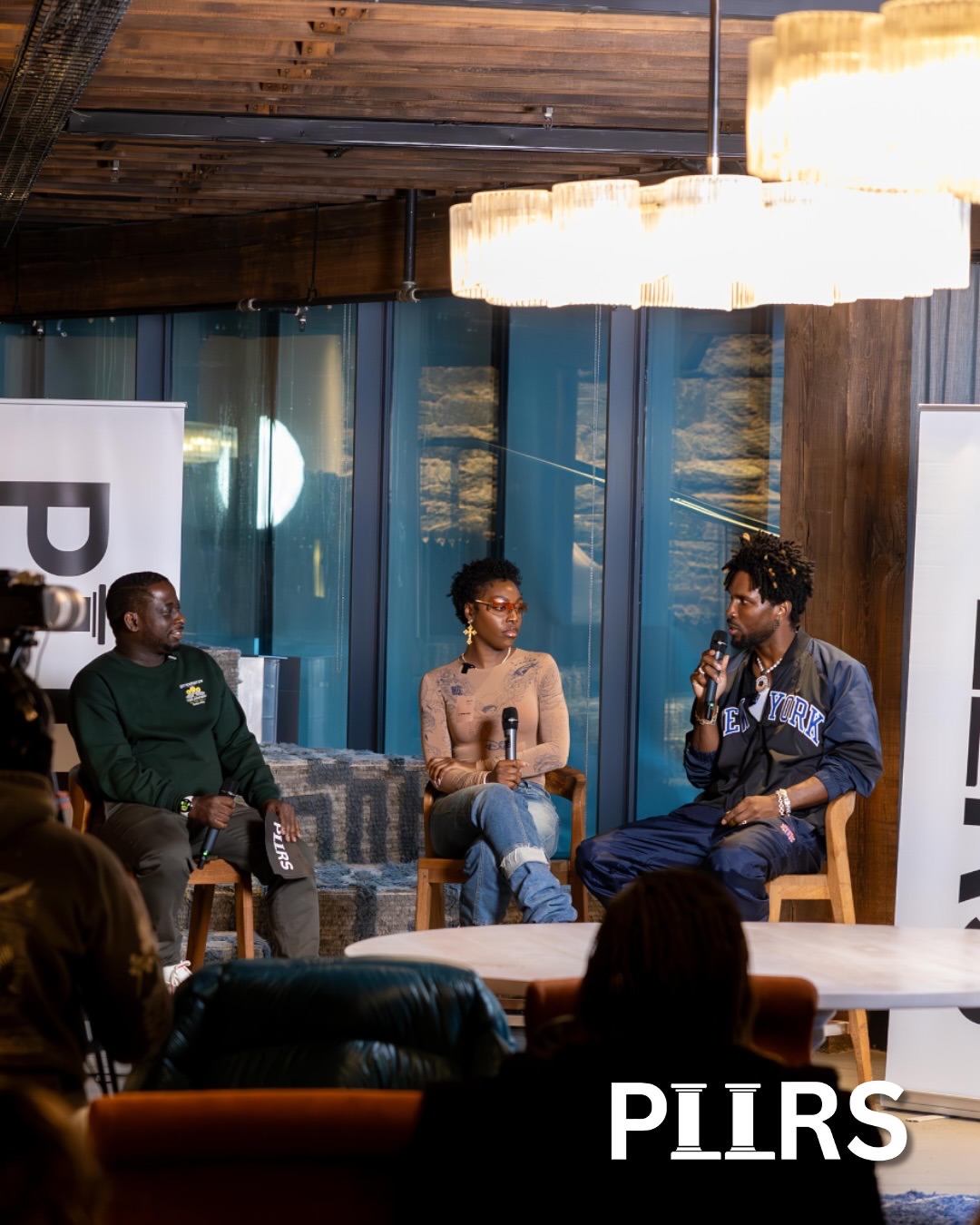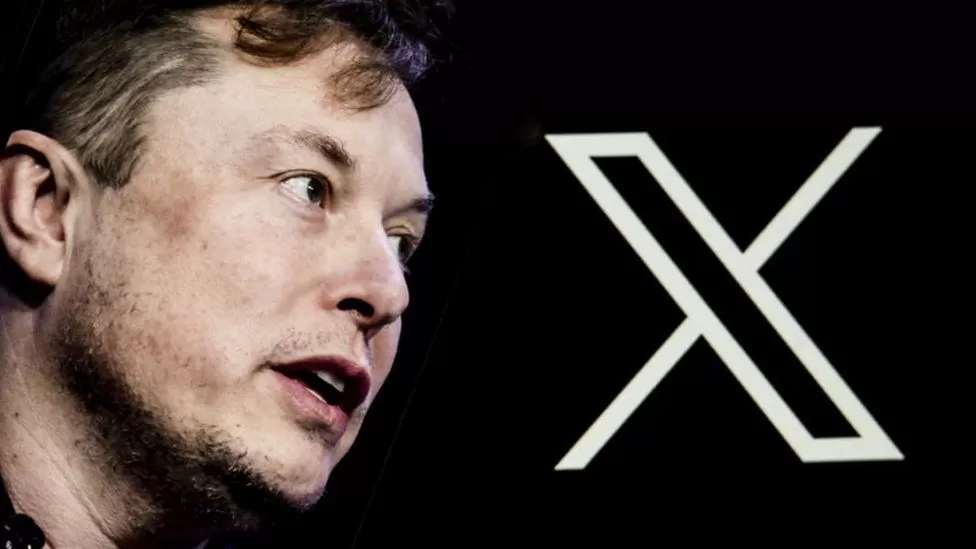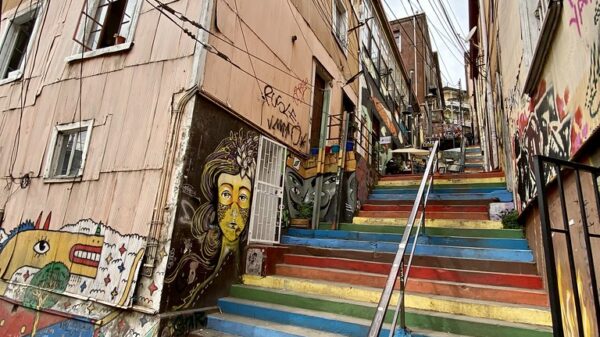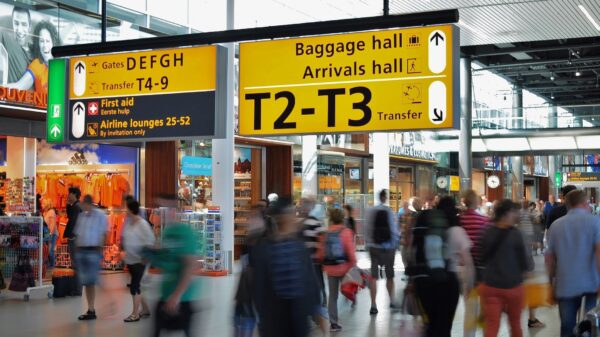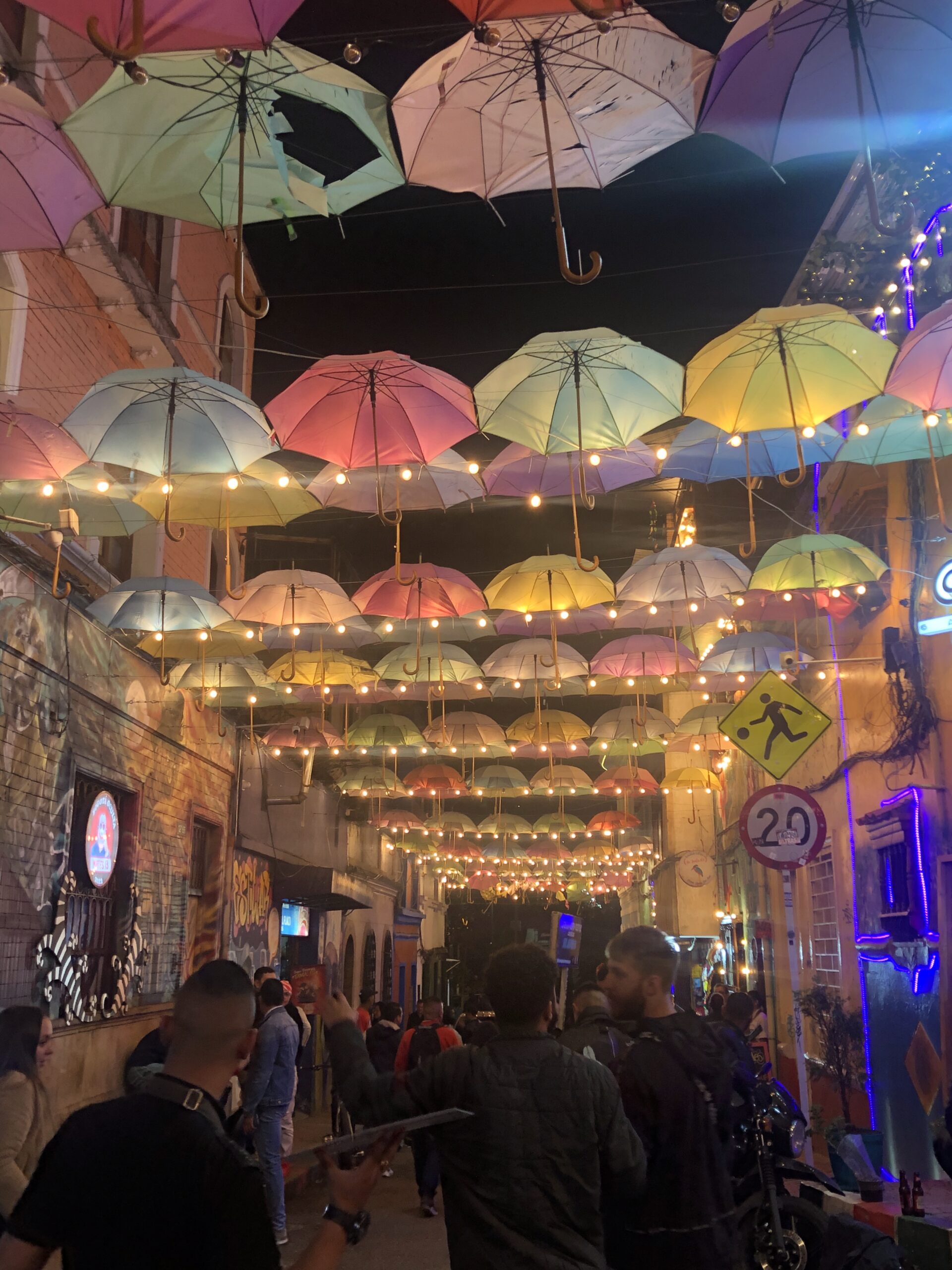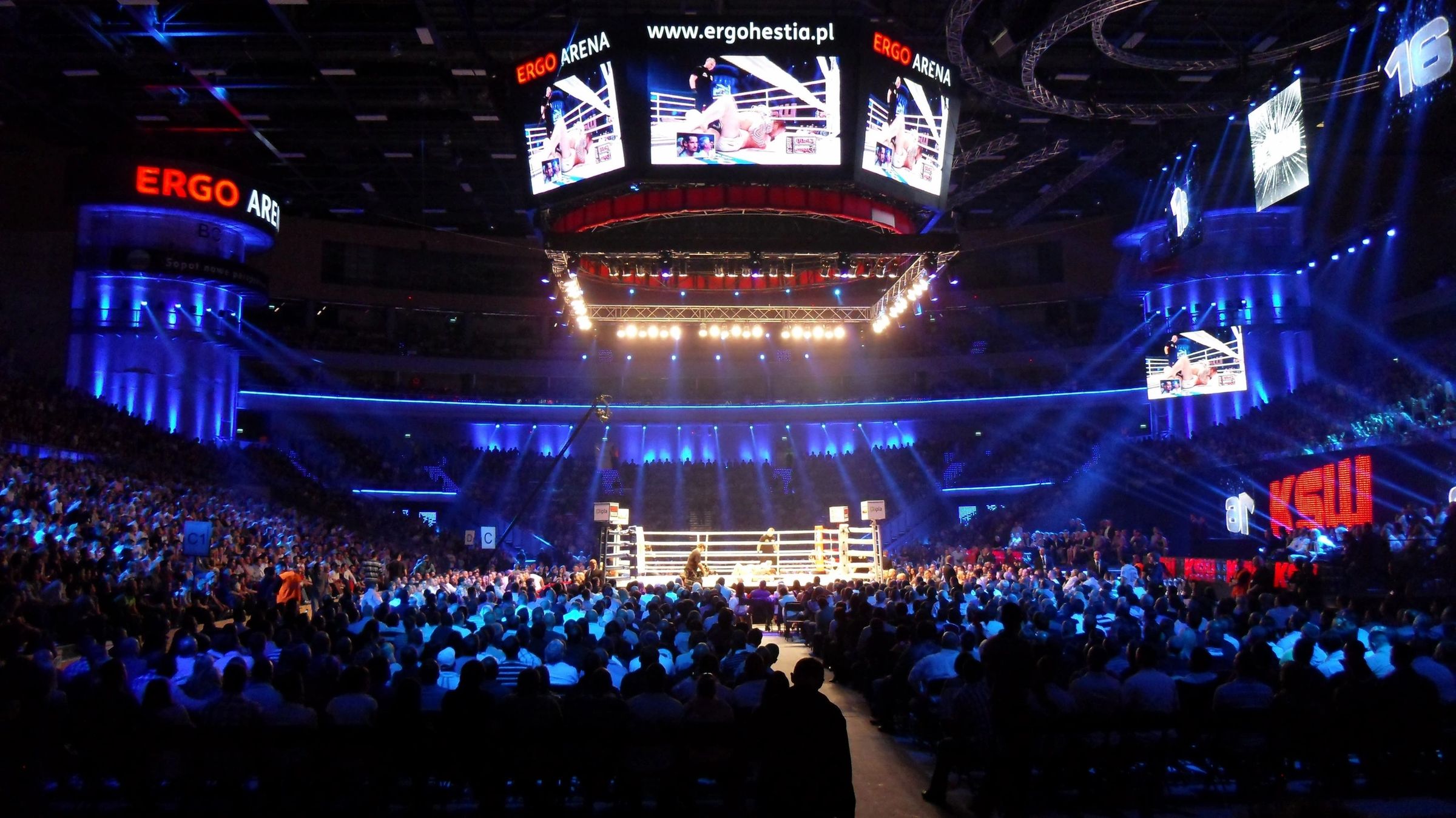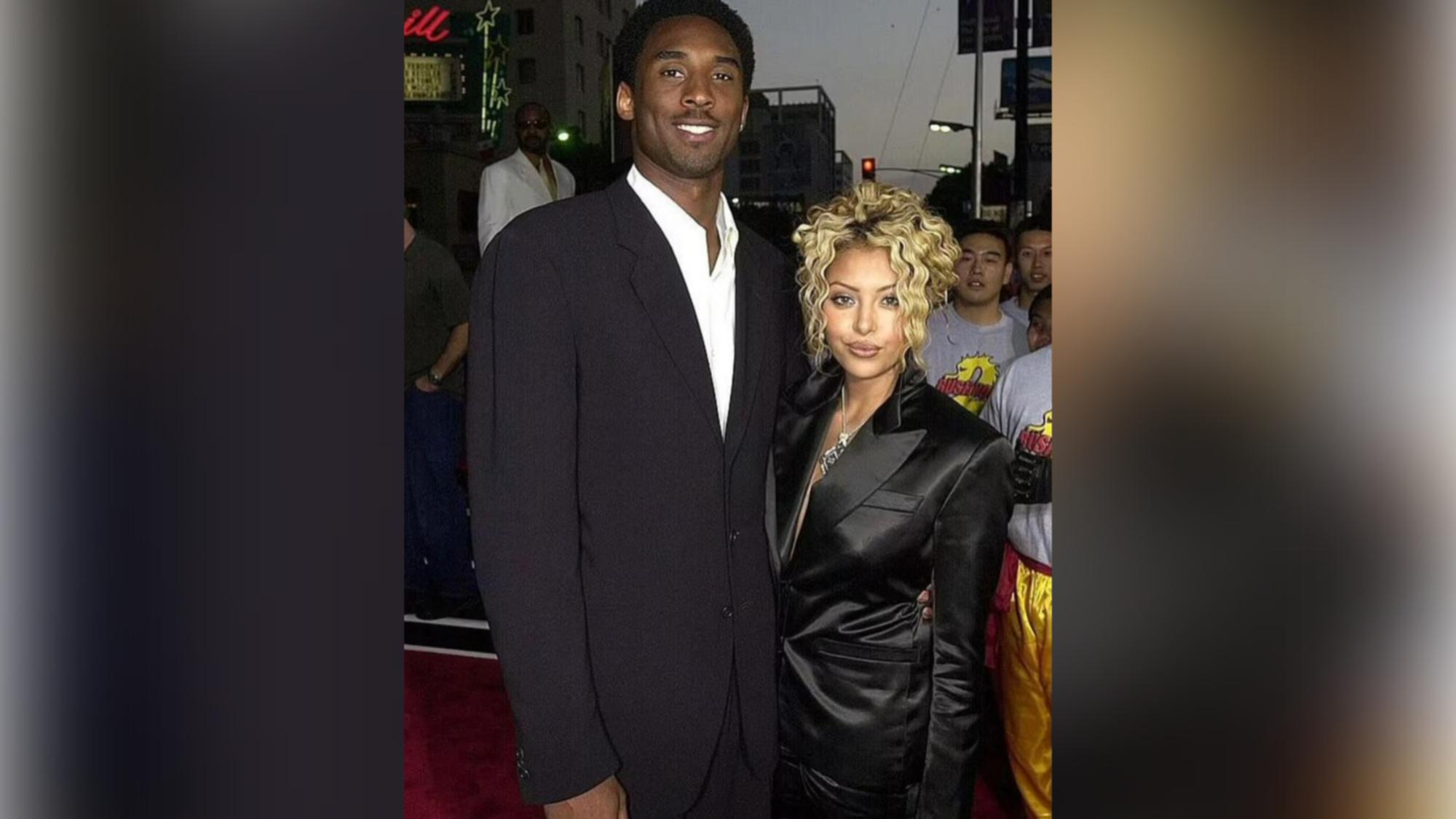Klarna, once the darling of the Buy Now, Pay Later (BNPL) boom, is now facing a crisis it helped create: repayment fatigue. The Swedish fintech firm posted a $99 million net loss for Q1—this despite a 15% increase in revenue and an ever-growing customer base of over 100 million users.
Dig a little deeper, and the red flags are clear. A recent LendingTree report shows that 41% of BNPL users are missing payments—up from 34% last year. Even more concerning? Nearly one in four borrowers are using BNPL to cover groceries and basic needs. This isn’t convenience—it’s survival.
The cracks in Klarna’s model aren’t just financial. They’re social. As inflation bites and wage growth stalls, more users are stuck in a revolving door of micro-debt. Klarna’s slick branding and interest-free messaging may no longer be enough to offset what critics see as predatory design wrapped in pastel tones.
The company says it’s committed to tightening credit checks and rolling out financial literacy campaigns. But the big question remains: Can a business model built on borrowing still win when users are broke?
